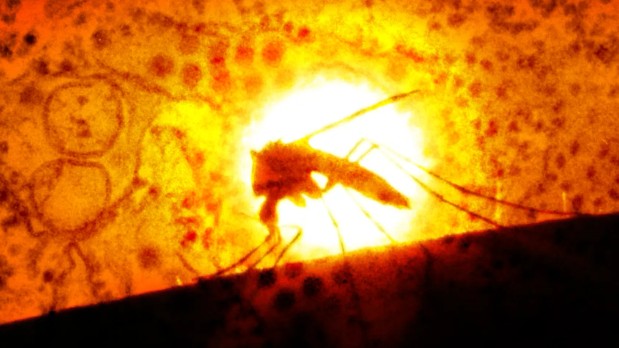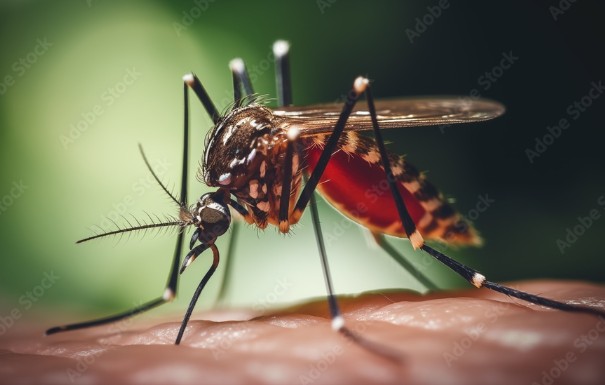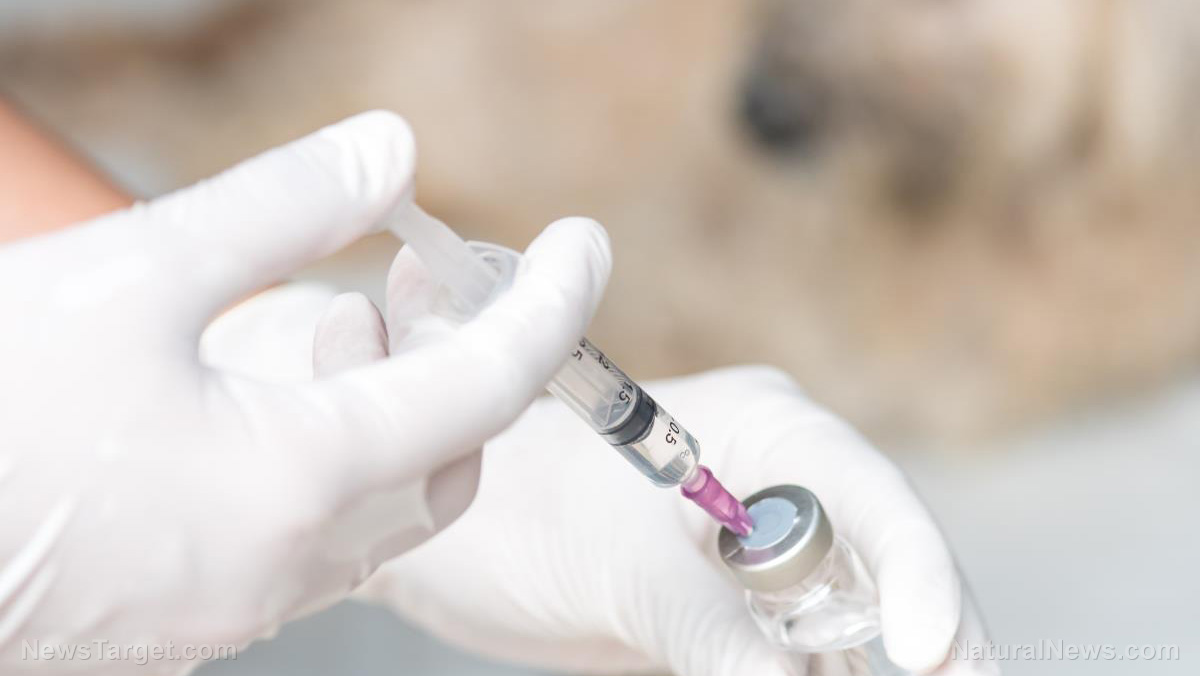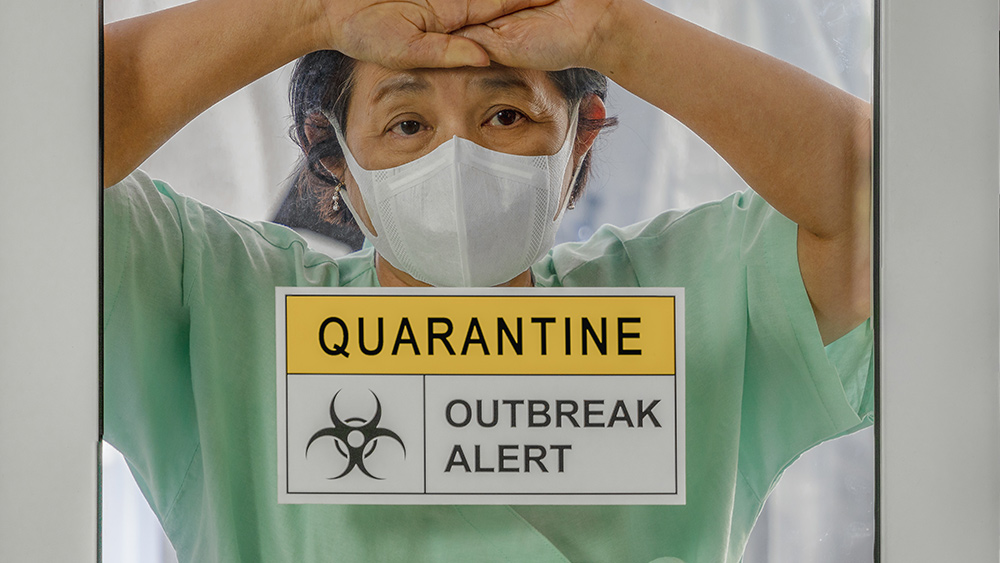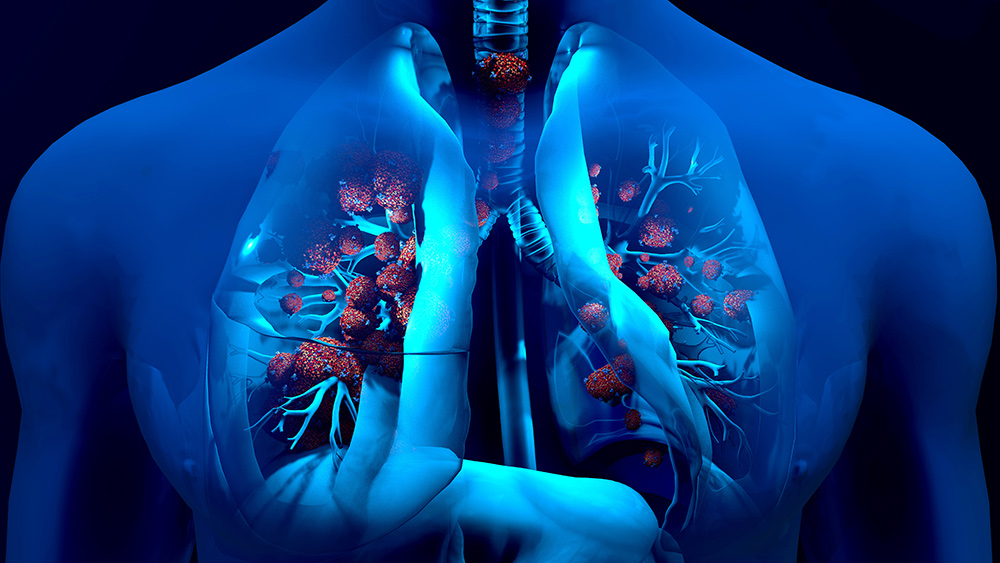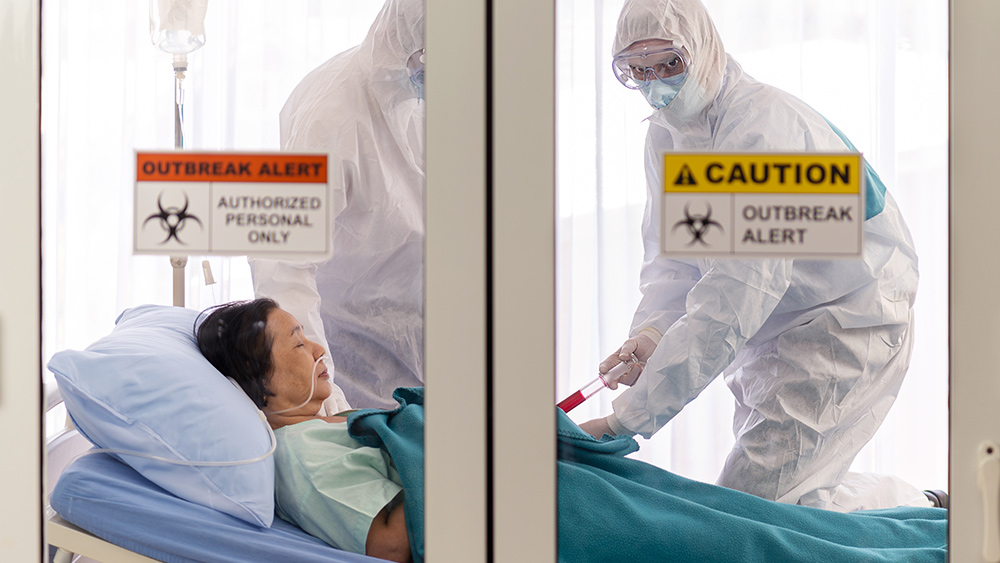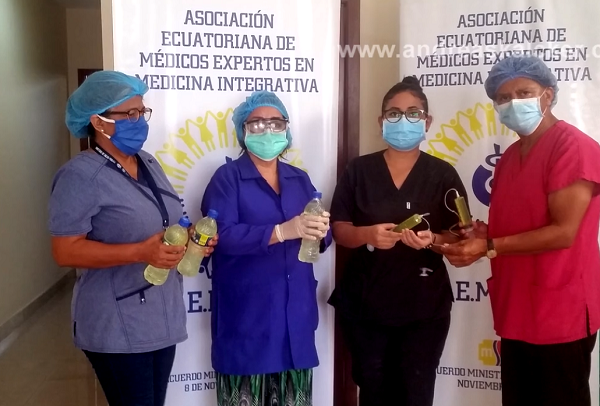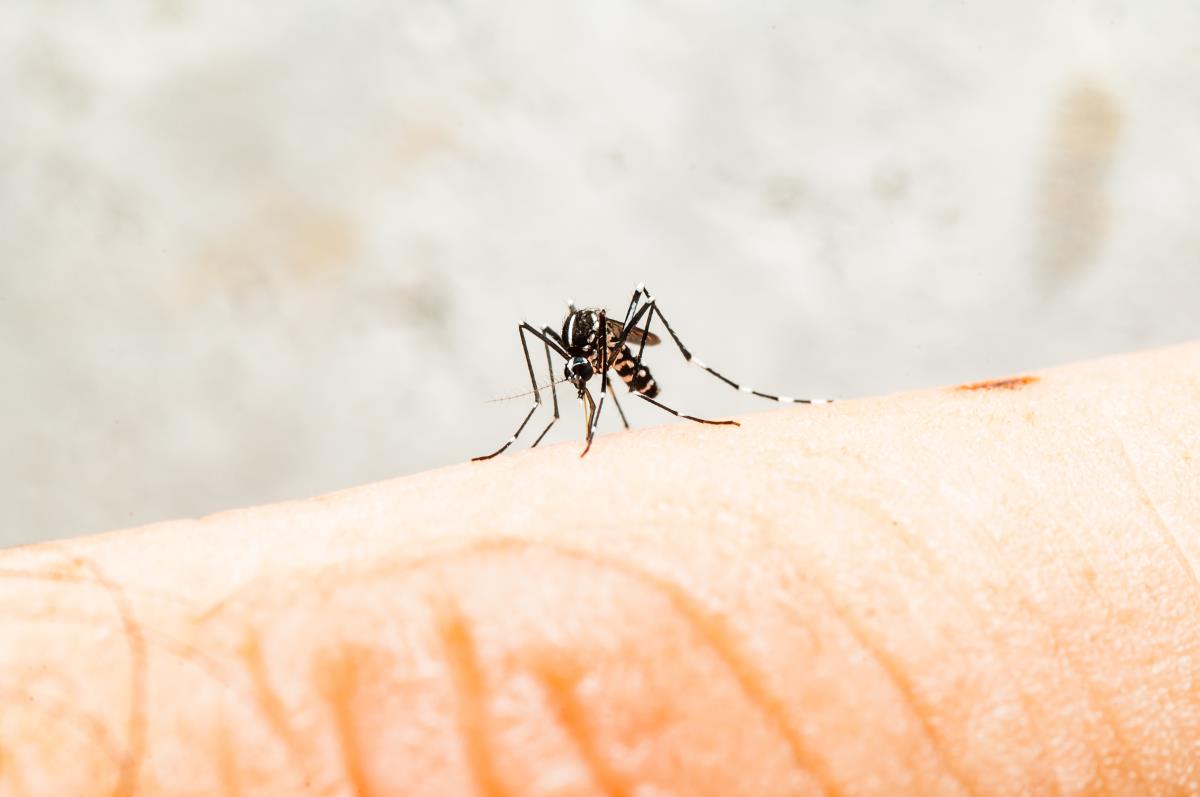Flesh-eating bacteria now deadlier than sharks as cases surge fivefold in Florida and beyond
08/18/2025 / By Cassie B.
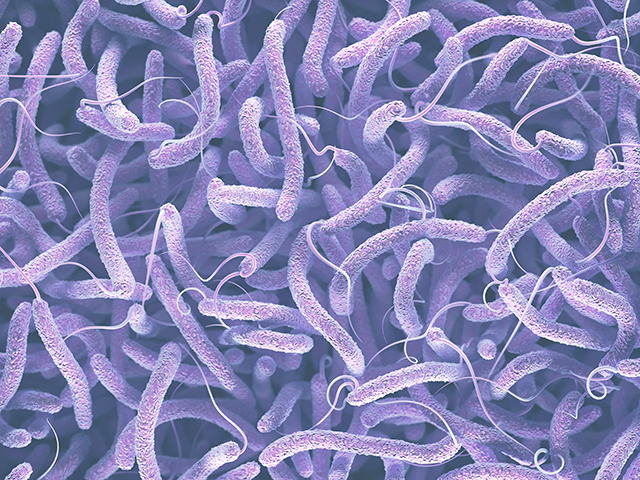
- A silent bacterial threat, Vibrio vulnificus, is deadlier than sharks and spreading rapidly in U.S. coastal waters.
- Hurricanes and warming waters fuel its expansion, with Florida cases nearly doubling and infections surging eightfold in eastern states.
- The bacteria turns minor wounds or raw oysters into fatal infections, killing 20% of victims—some within 48 hours.
- High-risk groups (diabetics, liver disease patients, immunocompromised) face severe tissue death, sepsis, and organ failure.
- Prevention is simple: cover wounds, cook shellfish thoroughly, and seek immediate help for suspicious symptoms after water exposure.
If you’ve ever hesitated before wading into the ocean with a fresh scrape or cut, your instincts were right. While shark attacks dominate headlines, a far deadlier threat, Vibrio vulnificus, is spreading rapidly in U.S. coastal waters. And although shark encounters are rare, Vibrio infections have surged fivefold in Florida and eightfold in eastern states, expanding beyond the Gulf Coast into regions like Cape Cod, Long Island, and the Chesapeake Bay. Unlike the dramatic spectacle of a shark attack, this bacteria strikes silently, turning a minor scratch or a raw oyster into a life-or-death crisis.
A spreading threat
Vibrio thrives in warm, brackish water, conditions that are becoming more common due to extreme weather. After Hurricane Ian (2022) and Hurricane Helene (2024), Florida saw a spike in cases as storm runoff fed plankton blooms, creating an ideal environment for the bacteria.
But hurricanes aren’t the only factor. Warmer water temperatures are pushing the bacteria’s range northward. Massachusetts, once considered low-risk, has reported seven cases in the past seven years, including four linked to local exposure.
The numbers are alarming. Between 1988 and 2018, infections in eastern states increased eightfold. Florida alone saw 82 cases and 19 deaths in 2024, which is nearly double the national annual average. With a 20% mortality rate, some victims die within 48 hours.
How a scratch becomes a death sentence
Vibrio doesn’t discriminate, but it preys on vulnerability. For healthy individuals, a dip in the ocean or a raw oyster poses little risk. But for those with liver disease, diabetes, cancer, or weakened immune systems, the bacteria can be fatal.
It enters through even microscopic breaks in the skin, such as a blister, a scrape, or a fresh tattoo, and releases toxins that destroy muscle, nerves, and blood vessels. The body’s immune response worsens the damage as swelling cuts off blood flow, turning tissue black and necrotic.
“Incredible pain is one of the tipping points,” said Dr. H. Dele Davies, an infectious disease expert. Others develop blisters filled with blood or black fluid, a sign of dying tissue. If the infection reaches the bloodstream, sepsis sets in, leading to organ failure and death within hours.
The raw truth about oysters and shellfish
While wounds are the most common entry point, Vibrio also lurks in raw oysters and shellfish. Healthy people who consume contaminated seafood usually experience mild illness, but for the immunocompromised, it can be deadly. More than 95% of seafood-related Vibrio deaths are tied to this bacteria.
To reduce your risk, cook shellfish thoroughly (at least 145°F), avoid raw oysters if you’re high-risk, and wash hands and surfaces after handling raw seafood.
How to stay safe without living in fear
Most people will never encounter Vibrio, but with cases rising, vigilance is crucial:
- Cover wounds: Use a waterproof bandage before entering saltwater or brackish water.
- Wash immediately: Clean cuts with soap and running water after swimming.
- Know your risk: If you have liver disease, diabetes, or a weakened immune system, take extra precautions.
- Watch for symptoms: Severe pain, redness, swelling, blisters, fever, or chills after water exposure? Seek medical help immediately.
While government agencies issue warnings, individual awareness remains the best defense. Unlike shark attacks, Vibrio infections are preventable with basic precautions. Yet how many beachgoers check for scrapes before wading in? How many seafood lovers realize a single raw oyster could be deadly?
The same coastal waters that bring joy and relaxation also harbor a silent killer. Arming yourself with knowledge and acting accordingly could mean the difference between a day at the beach and a fight for your life.
Sources for this article include:
Submit a correction >>
Tagged Under:
Censored Science, Dangerous, flesh eating bacteria, infections, ocean health, oysters, risk, toxins, vibrio
This article may contain statements that reflect the opinion of the author
RECENT NEWS & ARTICLES
Infections.News is a fact-based public education website published by Infections News Features, LLC.
All content copyright © 2018 by Infections News Features, LLC.
Contact Us with Tips or Corrections
All trademarks, registered trademarks and servicemarks mentioned on this site are the property of their respective owners.


